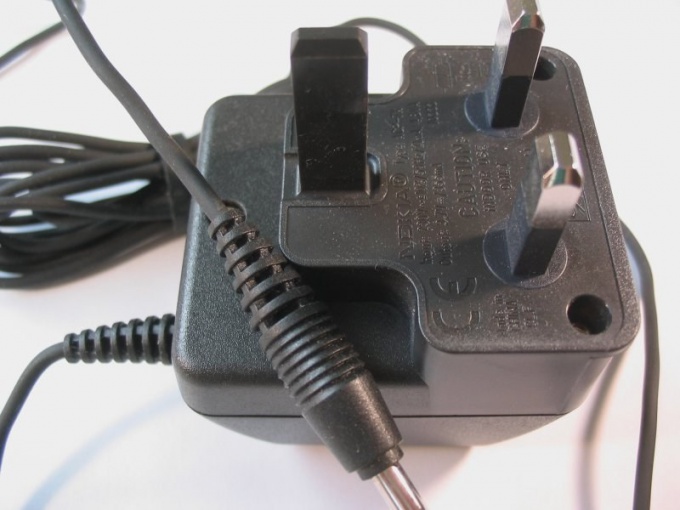Instruction
1
Connect to one power several loads in parallel so that their total current consumption accounted for about 80% of the limit. To enhance its not - the unit will overheat. Note that if one of the loads fails in such a way that it ceases to consume current, output voltage will increase, which can lead to damage other connected to the unit devices.
2
If no additional loads, are connected in series with the supplied device is a resistor. Resistance to his pick up experimentally, while the voltage at the load will not be close to nominal. Start with the big resistance, and then gradually lower it. Power resistor select longer that which it dissipates.
3
By including in series with the load diode, it is possible to reduce a voltage therein by an amount of from 0.25 to 0.5 (the exact value depends on the type of diode). The voltage drop across the diode is less dependent on current than when using a resistor, so this option is best suited for loads that consumes a changing current.
4
To make the voltage supply device connected to the unit poweralmost unchanged, use the stabilizer. They are divided into parametric and compensation, and the latter have a greater efficiency. If the unit power is not pulsed, it is possible to install a ferroresonant stabilizer, but today this solution is rarely applied. Cannot be used as a transformer ferroresonance stabilizer as the power transformer unit power - it is not designed for it.
5
Pulse stabilizers are more effective not only parametric, but also compensation. You can also embed a feedback loop for the output voltage directly to the switching power supply. Note that in case of an accidental open circuit to feedback the output voltage can rise sharply. Do not use pulse power supply units power supply and stabilizers, in conjunction with devices sensitive to interference with frequencies from tens of kilohertz to a few megahertz.
